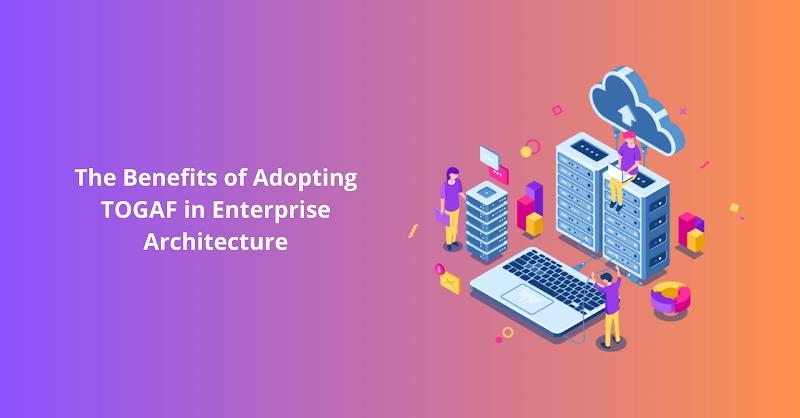Organisations seeking to optimise resources, stimulate innovation, and streamline processes must remain on top of enterprise architectural trends. Professionals can accomplish these objectives with the help of the The Open Group Architecture Framework – TOGAF Certification, which is an effective instrument. What is TOGAF? It is a well-known methodology that offers a structured strategy for creating, organising, putting into practice, and managing enterprise information technology architecture. In this blog, we explore the outstanding advantages of implementing TOGAF in corporate architecture, illuminating how it can improve the efficacy and efficiency of contemporary enterprises.
Enhancing Alignment with Business Goals
IT efforts can be systematically matched with broader business objectives using TOGAF. The TOGAF framework ensures that technology investments are strategic and contribute to the enterprise’s overall performance by identifying the architecture that supports an organisation’s strategic goals. The danger of pursuing IT projects that fall short of producing valuable results is decreased by this alignment.
Accelerating Decision-Making
The organised framework offered by TOGAF enables more rapid decision-making. Enterprise architects can swiftly evaluate possibilities, examine trade-offs, and decide when a clear framework is in place. This adaptability enables organisations to efficiently grab opportunities and handle obstacles in a setting where technological landscapes evolve quickly.
Standardising Practices and Terminology
Within an organisation, TOGAF creates a shared language and standardised procedures. This homogeneity improves the communication between teams, departments, and external partners. Misunderstandings are reduced, teamwork is streamlined, and enterprise architecture initiatives are more productive overall.
Enabling Seamless Integration
Integration is crucial in a linked business environment. The thorough approach of TOGAF guarantees that many technology areas are seamlessly connected to operate in harmony. This integration results in enhanced interoperability across diverse systems and applications, decreased redundancy, and smoother data flow.
Supporting Scalability and Adaptability
Businesses that can scale their operations and change with the times are successful. Because of TOGAF’s emphasis on modularity and flexibility, architectural plans can expand and adapt to technological trends. Thanks to this scalability and agility, organisations can maintain their competitiveness in a changing market.
Mitigating Risks
TOGAF highlights risk management and evaluation as crucial steps in the architecture development process. Organisations can take proactive steps to limit risks by recognising them early in planning. This risk-aware methodology reduces the likelihood of project failures, cost overruns, and security flaws.
Improving Resource Allocation
The strategic direction provided by TOGAF allows for the best possible resource allocation. Organisations can more effectively manage resource allocation by coordinating technological projects with business priorities. This avoids wasting resources like time, money, and effort on tasks that could be improved on the desired results.
Elevating Professional Competence
Enterprise architects’ skill set is enriched by pursuing a TOGAF certification. As a result, a thorough understanding of architectural concepts, processes, and best practices is provided to professionals. This improved competence results in better decision-making, more innovation, and the capacity to lead transformational changes inside the organisation.
Fostering Collaboration and Communication
Enterprise architecture success is based on successful communication and cooperation. TOGAF encourages a comprehensive strategy that includes a range of stakeholders, including corporate executives, IT experts, and end users. TOGAF ensures that architecture decisions are well-informed, in line with business requirements, and supported by a shared vision by promoting open lines of communication and cross-functional collaboration. This environment of cooperation results in better solutions, greater support, and a greater chance of implementation success.
Conclusion
With its systematic methodology and thorough structure, TOGAF gives organisations the resources they need to succeed. The advantages of implementing TOGAF are numerous and significant, ranging from improving alignment with company goals to enabling scalability, reducing risks, and strengthening professional competence. Organisations that adopt TOGAF are better equipped to deal with challenges, grasp opportunities, and plan for sustainable growth and innovation in the future.



